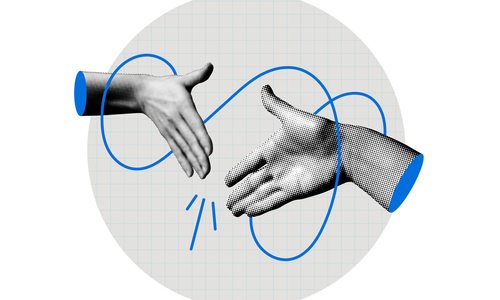
Strategy
Why the Springfield Symphony Has Embraced Online Performances
After introducing a streaming option in 2020, Springfield Symphony Orchestra is keeping its online performances, even for life post-pandemic.
By Jamie Thomas
Mar 2021

The Problem
Faced with revenue loss due to a global pandemic, Springfield Symphony Orchestra needed a solution to supplement income and stay engaged with an audience that could no longer attend concerts. “In a normal year, [single ticket sales] make up 27% of our earned revenue,” says Executive Director Jennifer Cotner-Jones. “Reduced capacity in Hammons Hall has impacted our ability to sell single tickets [...] This is where we have seen revenue most diminished.”
The Big Idea
Lexi Locke, Springfield Symphony Orchestra’s marketing manager, explains how the decision was reached to introduce an online streaming option for audiences through the Uscreen service. “The idea of livestreaming came up while talking to other orchestras in the League of American Orchestras,” Locke says. “We researched about 12 platforms and compared the various features.”
The Learning Curve
Despite the amount of work that had to go into the development in a short space of time, ticket prices were specifically kept low at $12. “A lot of studies from consumers directly reported that people would, on average, pay $10 for a streaming experience,” Locke says. “Most [arts organizations] are charging $30 a ticket.”
The Takeaway
As of January 13, 2021, revenue from streaming amounted to $5,800. While it’s not enough to make up the loss by itself, it has helped cover the $10,000 to implement the system. Coupled with revenue from limited in-person events and sponsorship from CoxHealth, the extra content is a win for the symphony. The virtual option also has the added benefit of safety for older patrons: According to Locke, approximately 71% of the orchestra’s in-person audience is typically aged 60 and over. Feedback from audiences has been overwhelmingly positive, says Locke, which has played a large part in the decision to keep it moving forward. “It’s really [the] engagement that has interested us in keeping this going,” Locke says. “We have an average of 173 individuals livestreaming each concert, we’ve had over 76 hours of concert recordings watched post-livestream, and 328 post-livestream concert recording views.”












